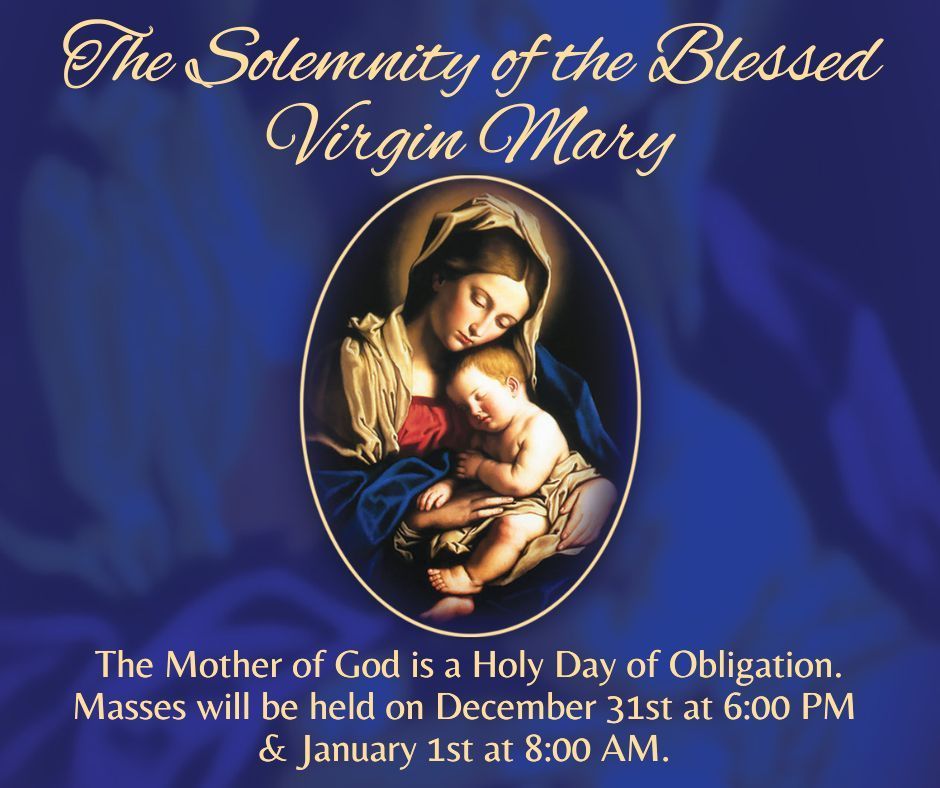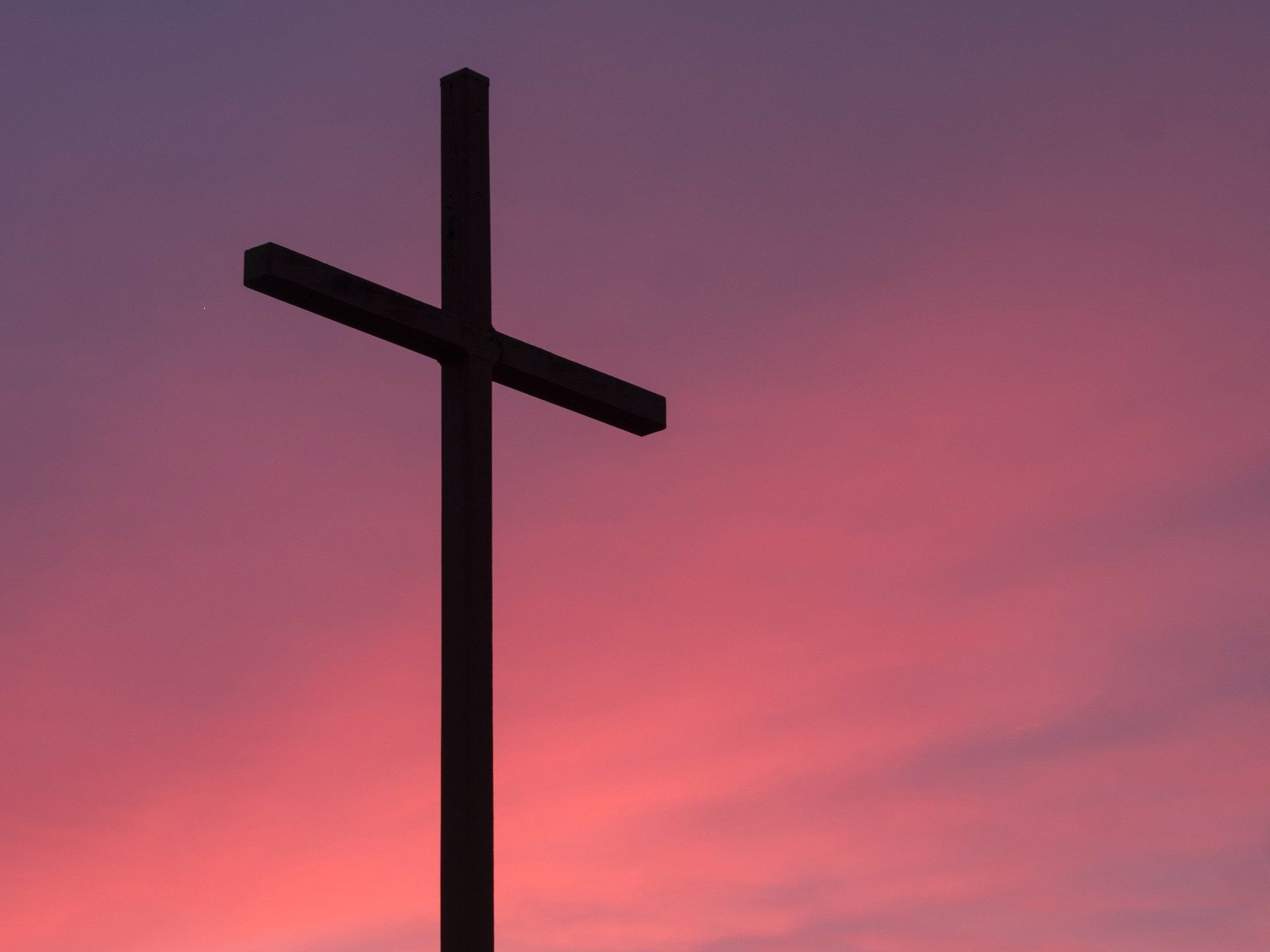Welcome To
St. Andrew the Apostle
Roman Catholic Church!
27 Kresson-Gibbsboro Road, Gibbsboro, NJ 08026

How will you serve the Lord?
The Stewardship Way of Life is the grateful response of a Christian disciple who recognizes and receives God’s gifts and shares these gifts in love of God and neighbor.

There’s an old saying that goes, “Once a Catholic, always a Catholic.” Maybe you have been away from the Church for a little while or for quite some time,
but now you feel a tug at your heart calling you back to the Catholic Church. Listen to that tug.
It’s your Heavenly Father reaching his arms out to you, the Holy Spirit whispering in your ear, hoping to draw you home.
If you have been coming to Mass for a while but are not Catholic, we invite you to take a deeper look into the Catholic faith.
If you are already Catholic and have not yet completed your Sacraments of Initiation (First Communion or Confirmation),
we invite you to join us and see what steps you need to continue your journey to the Lord.
If you are longing for a place to call home, we invite you to come home to the Catholic Church.
If you or someone you know might wish to learn more about this possibility, please contact Fr. Anthony Infanti or Kathy Emrich.
You may call 856-784-3878 or e-mail Fr. Infanti
at FrInfanti@Churchofstandrews.org
or Kathy Emrich at Kemrich@Churchofstandrews.org.
OCIA classes will begin in the October.
For More Information from CatholicsComeHome.org, simply click on the link above.
Message from Our Pastor
Msgr. Louis Marucci
Welcome to St. Andrew the Apostle Parish in Gibbsboro / Voorhees! It is my profound hope and prayer that you will find a spiritual home here at St. Andrews. We are a faith community that has continued to grow in size, diversity, and vibrancy as we welcome new members of our parish family. I invite you and encourage you to become an active participant in the life of this very vibrant and dynamic parish.
St. Andrew the Apostle Church - Livestream
To Request a Special Prayer Intention, Please
Click Here
To Request Documents such as Letters of Eligibility or Sacramental Records,
Click Here
To Request Special
Personal Needs
such as Food or Clothing
If you are not currently receiving parish newsletters via email and would like to be added to our email distribution list so that you can receive essential information from the parish,
please click here.
St. Andrew the Apostle Chapel - Livestream
8:00 AM Daily Masses (Mon - Sat) are held in the Chapel
Please click the arrow during Live Broadcast to view the Mass .
-
Ministries
ButtonSpreading faith and love
Mass Times
Weekly Mass Schedule
Saturday Vigil: 4 PM
Sunday: 8 AM, 10 AM, and 6 PM
Daily Mass: 8 AM
Adoration
Daily following 8 AM Mass
First Wednesday: 8:30 AM - 7 PM Holy Hour
Every Wednesday evening: 7 PM
Confession
Saturday 3:15 PM
Parish Office Hours
Monday through Friday
8:30 AM - 3:00 PM
Give online to the work of the church
- Eleven Keys to a Successful Marriage
- Are You Discerning a Vocation to the Priesthood?
Click here for more information
- Are You Interested in more information about becoming a Deacon?
Click here for more information
- Are you Interested in more information about becoming a member of the Knights of Columbus?
Click here for more information












